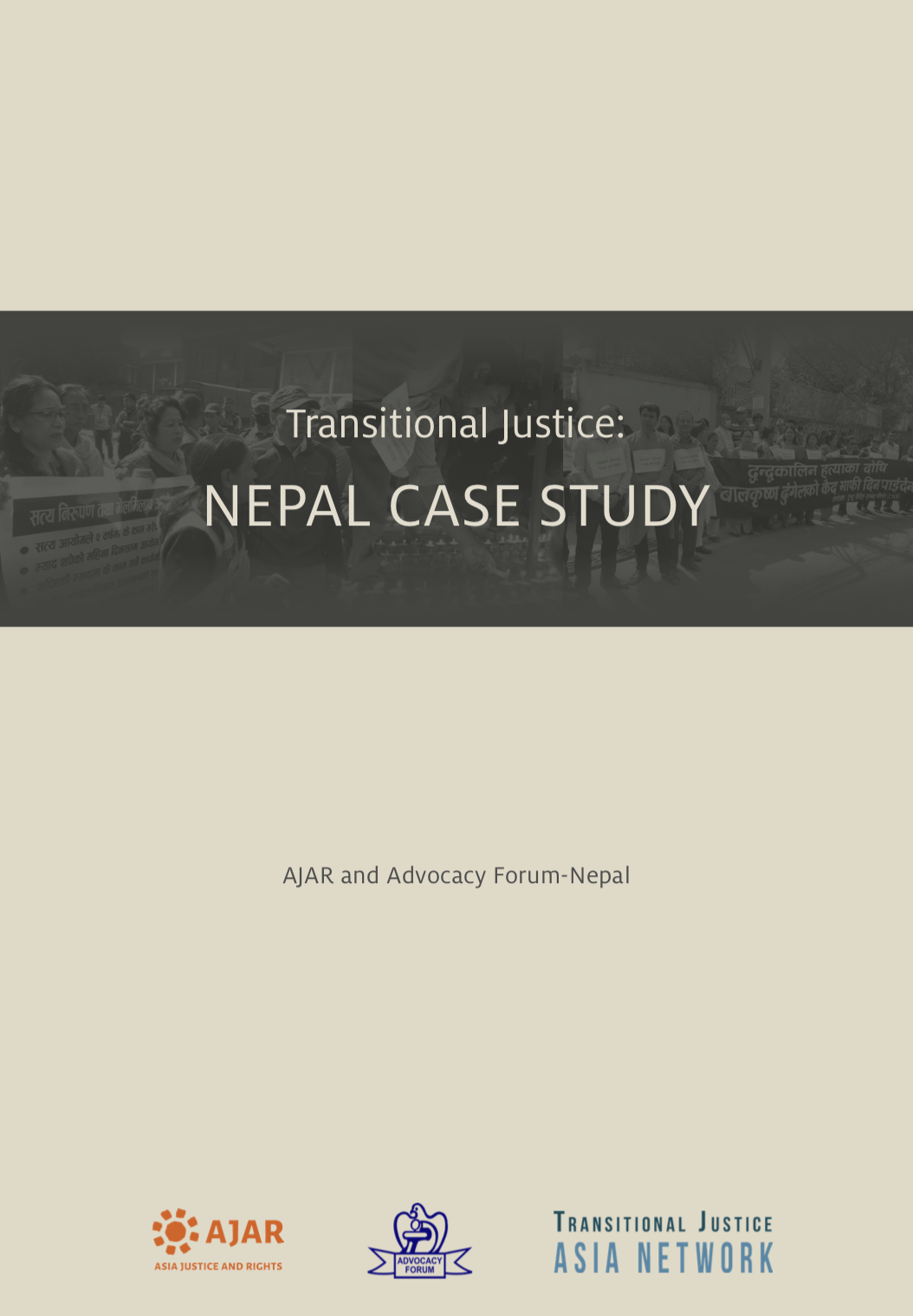Between 1996 and 2006, the Nepalese Government engaged in an armed struggle with the Maoist Communist Party of Nepal or CPN-M. Although the total cost of the conflict is yet to be determined, there is evidence that more than 19,000 people died, thousands were tortured, hundreds were sexually abused, and disappearances and displacements were widespread. In addition, property worth millions, was lost. Certain ethnic groups were particularly vulnerable to arrest, torture, killings, and disappearances. Gender-based violence was widespread. The report of the UN’s Office of the High Commissioner for Human Rights or OHCHR, shows girls under 18, and many younger than 15, were particularly vulnerable, making up a third of the victims of sexual violence. Children also suffered from forced recruitment by the CPN-M. Although it is unclear how many were abducted and recruited, it is estimated that some 4,500 children took part in the Maoist force. State security apparatus, village defense forces, and Maoists, were all responsible for atrocities.
After 1990, the newly established democracy was unable to meet the aspirations of the people, including addressing deep-rooted discrimination based on caste, gender, and ethnicity, as well as regional and socio-economic disparities, corruption, and human rights violations. In 1990, Nepal embraced multi-party democracy through a power-sharing deal between political parties and the monarchy, ending decades of absolute monarchy. One of the communist parties registered its dissatisfaction with the deal, objecting to the way the 1990 Constitution was drafted by political parties and the monarchy. They argued it prevented people from drafting their own constitution, and demanded it be redrafted by a Constituent Assembly elected by the people. The same group mobilised years of dissatisfaction, and gained enough support to overthrow the Constitutional Monarchy.
After 2001, when the government declared a state of emergency branding the Maoist insurgents terrorists and the Maoist Party a terrorist organisation, human rights violations became rampant. This decision of the government followed a Maoist attack on the western divisional headquarters of the Royal Nepal Army, located in Dang district. After the state of emergency was declared, many rights were suspended and anti-terrorist legislation was adopted, increasing the power of security forces to arrest and detain those suspected of membership of the CPN-M. The insurgency, started by a small group with homemade weapons in remote villages, expanded to fully-fledged guerrilla warfare, posing a serious threat to the state. By 2005, government in most districts was limited to district headquarters, with most rural areas under the de facto control of the rebels.
As political parties were unable to address challenges posed by the insurgency, the constitutional monarch used his executive power to dissolve parliament and the government, arresting political leaders, further polarising society and deepening the political crisis. This provided the impetus for the major political parties, and the CPN-M, to unite against the monarchy, paving the way for political change in the country. In November 2005, the Maoists and seven political parties, formed an alliance against the monarchy. They signed an agreement known as the ‘12-point understanding’, concluding that peace, prosperity, and progress are not possible without full democracy. They presented a road map, including the overthrow of the monarchy, and the election of a Constituent Assembly tasked to write a new constitution. The Maoists agreed to embrace peaceful politics and accept the values of human rights, the rule of law, and multi-party democracy. This encouraged the general public to join the movement in order to end the conflict. Mass protests in April 2006, organised by the alliance, forced the monarchy to step down, and paved the way for a peace agreement between the government and the CPN-M.
The armed conflict ended in November 2006, with the signing of the Comprehensive Peace Agreement or CPA. The CPA committed to addressing the root causes of the conflict with socio-economic reforms protected by a constitution drafted by an elected Constituent Assembly, and abiding by international standards of human rights and the rule of law. Past human rights violations would be addressed by establishing a Truth and Reconciliation Commission or TRC, and publishing the whereabouts of disappeared persons within 60 days of signing the CPA.
